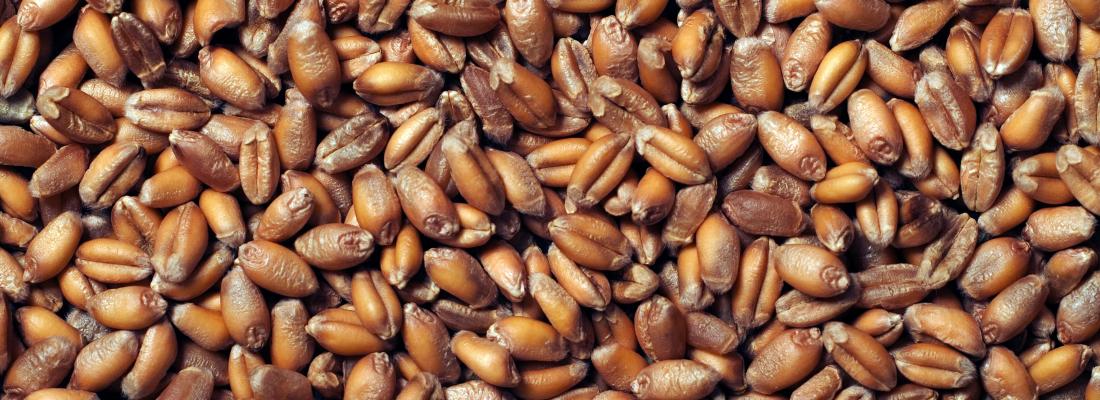Agroecology Reading time 3 min
Royalties on farm saved seeds: a way to ensure economic viability and stimulate agricultural innovation
Published on 09 August 2024

For major field crops such as wheat, barley and peas, farmers can hold back part their harvest (known as farm saved seed) and sow it the following year. This practice, which concerns 50% to 55% of bread wheat acreage in France, is profitable for farmers.
The French legal framework
Farm saved seed comes from certified seed covered by plant variety rights (PVR), the intellectual property rights system used in Europe by breeding companies to protect new varieties. Farmers are legally allowed to resow part of their own harvest grown from protected varieties for 21 species (see inset below).
If farmers want to sow PVR-protected species, they must pay royalties to the rights holders. Small farms that produce less than 92 tonnes of cereals a year are excluded from this obligation. In France, there is a single rate on certified seed for each species. In addition, a royalty of €1.1 per tonne is currently charged on deliveries of bread wheat. This type of royalty, which helps finance research by seed companies, is regulated differently from one country to another.
Certified seed or farm saved seed? Comparing systems
An INRAE research team compared different royalty schemes in Europe and Australia to assess their economic impacts.
The researchers used an original method to determine the various effects of the trade-offs between certified seed and farm saved seed on production efficiency (in terms of both seed production and agricultural production), seed prices, and investment in research. They compared the economic features of each royalty scheme using a model that was general enough to cover a range of economic situations (different countries, crop species, etc.).
The advantages of appropriate regulation
The study showed that authorizing the use of farm saved seed, subject to a royalty payment and an appropriate regulatory framework, is preferable to banning it. Implementing a royalty scheme improves overall profits for both farmers and seed companies. Without royalties, farmers produce too much farm saved seed, making the production costs for a portion of it higher than those for certified seed and leading to under-investment in research.
The study highlighted two regulatory options. The first is to keep royalties the same for both farm saved seed and certified seeds, as Australia does. The second assumes that royalties are set by the government, which is the practice in certain European countries, such as France, the United Kingdom and Spain.
The Australian option is more attractive when research costs are high (which can discourage innovation). But when research costs are lower, the government can influence research efforts by seed companies when it sets royalty rates.
This study underscores the importance of designing regulations that factor in research costs. Future research could apply this analysis to other specific cases to set up the study model based on local conditions (differences in transport costs, direct economic costs, opportunity costs, etc.) and include the constraints associated with collecting royalties on farm saved seed.
